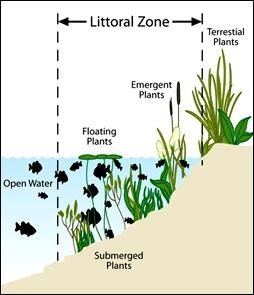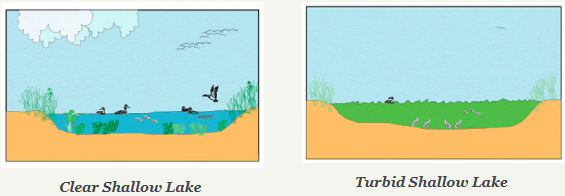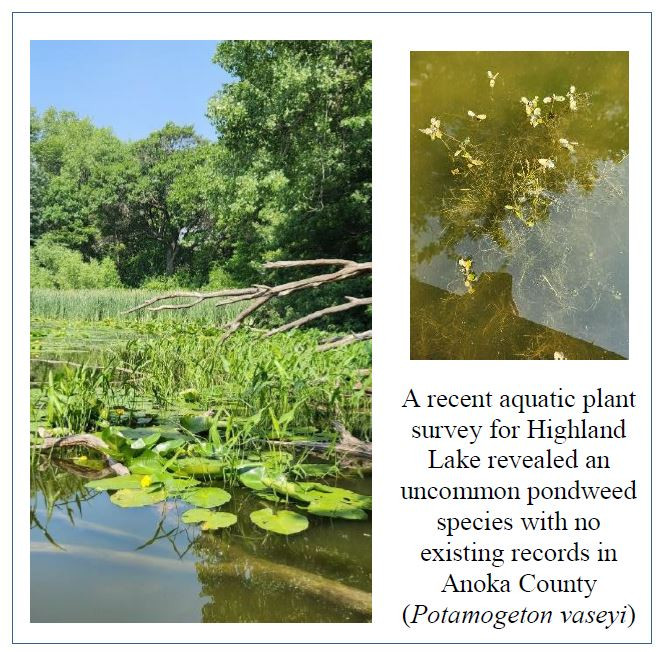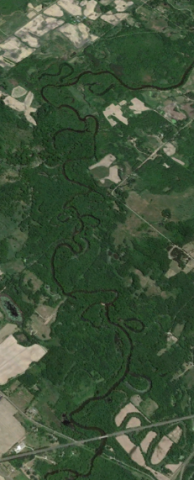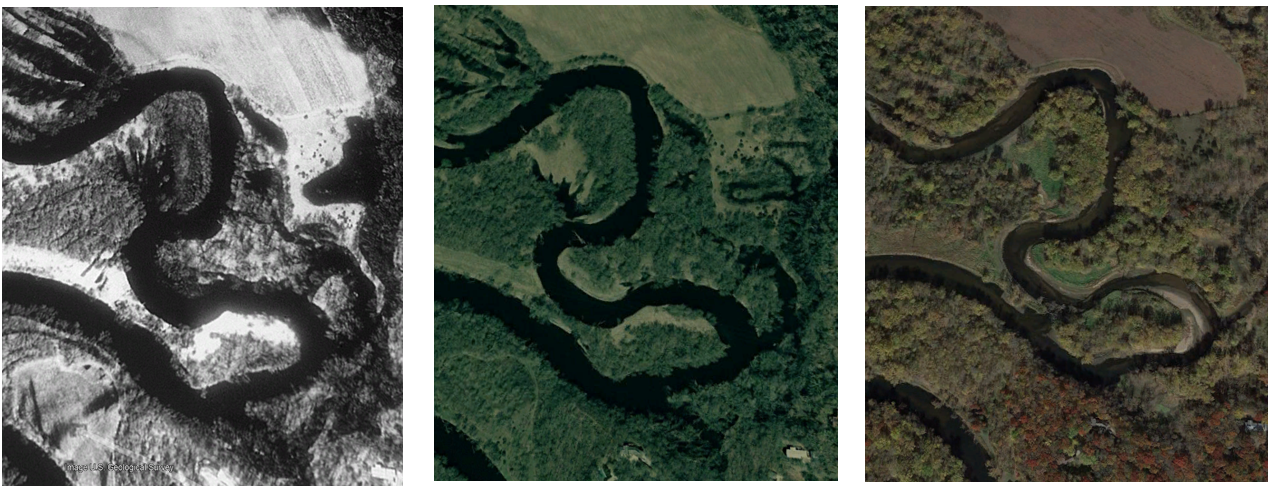Emergent aquatic plants such as cattails, bulrushes, and sedges grow within the shallow margins, or "littoral zone", of most lakes in Minnesota. They improve water clarity as their roots stabilize the lakebed sediments and take in nutrients. Their stems and leaves provide habitat for fish, invertebrates, and amphibians below the water, refuge for waterfowl and other wildlife above the water, and protection for shorelines against the force of wave action. Emergent plants often grow alongside other aquatic vegetation, such as floating-leaf and submerged plants, creating a diverse habitat essential to lake health.
Any Destruction of Emergent Vegetation Requires a Permit in Minnesota
Lakeshore owners often wish to remove emergent vegetation to improve their access to open water and/or increase usable recreational space. Given its importance in improving water quality, providing habitat, and protecting shorelines from erosion, any removal of aquatic emergent vegetation requires a permit from the Department of Natural Resources. This process connects landowners with professionals to ensure that the extent of vegetation removal (and methods used to achieve it) minimizes impacts to the lake and all who use it. Learn more about aquatic plant regulations HERE.
Non-native emergent species such as narrow-leaf and hybrid cattails often grow in dense monocultures capable of outcompeting native species. Habitat quality and recreational usability are reduced as these invasions spread across large expanses of shallow water, but management efforts to remove them are often challenging and costly. When occurring in small clusters, these plants can still provide water quality benefits along disturbed shorelines where native emergent plants are absent. In either circumstance, removing a non-native or invasive emergent species requires a permit.
Aquatic vegetation is a natural and essential part of lake and wetland environments. The abundance and types of plants present are primarily driven by water depth and clarity. Many lakes in the north metropolitan area are shallow (less than 15 ft. deep) or are more functionally open-water wetlands. These lakes usually contain abundant vegetation throughout when paired with good water quality, allowing sunlight to reach the bottom. The alternative is poor water quality from disturbances such as excessive nutrient inputs, reducing aquatic vegetation and the fish and wildlife that depend on it. Learn more about shallow lake vegetation from this StoryMap produced by the Rice Creek Watershed District: Aquatic Plants: Guardians of our Shallow Lakes.
For more information contact Breanna Keith, Water Resource Specialist, at



